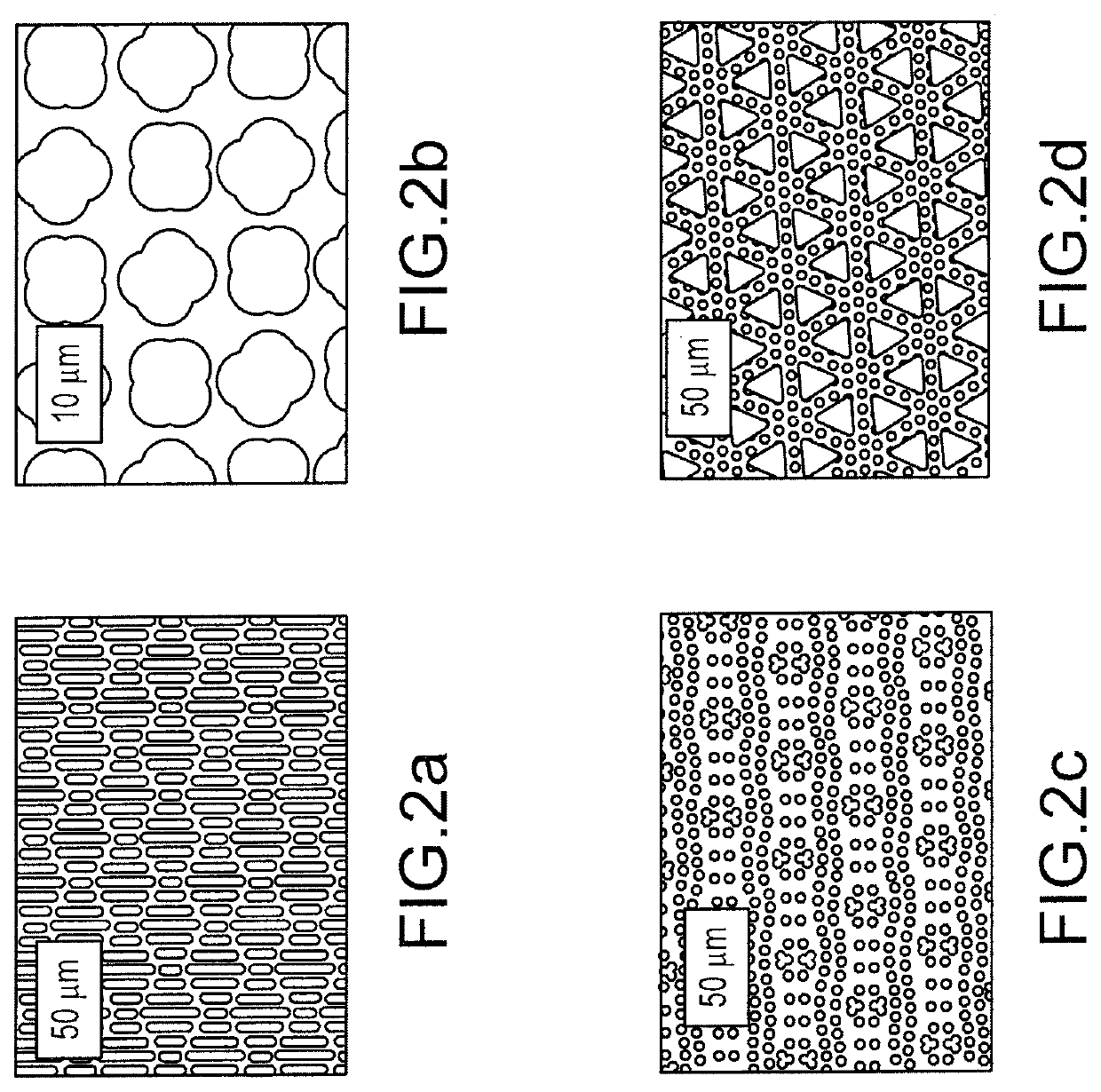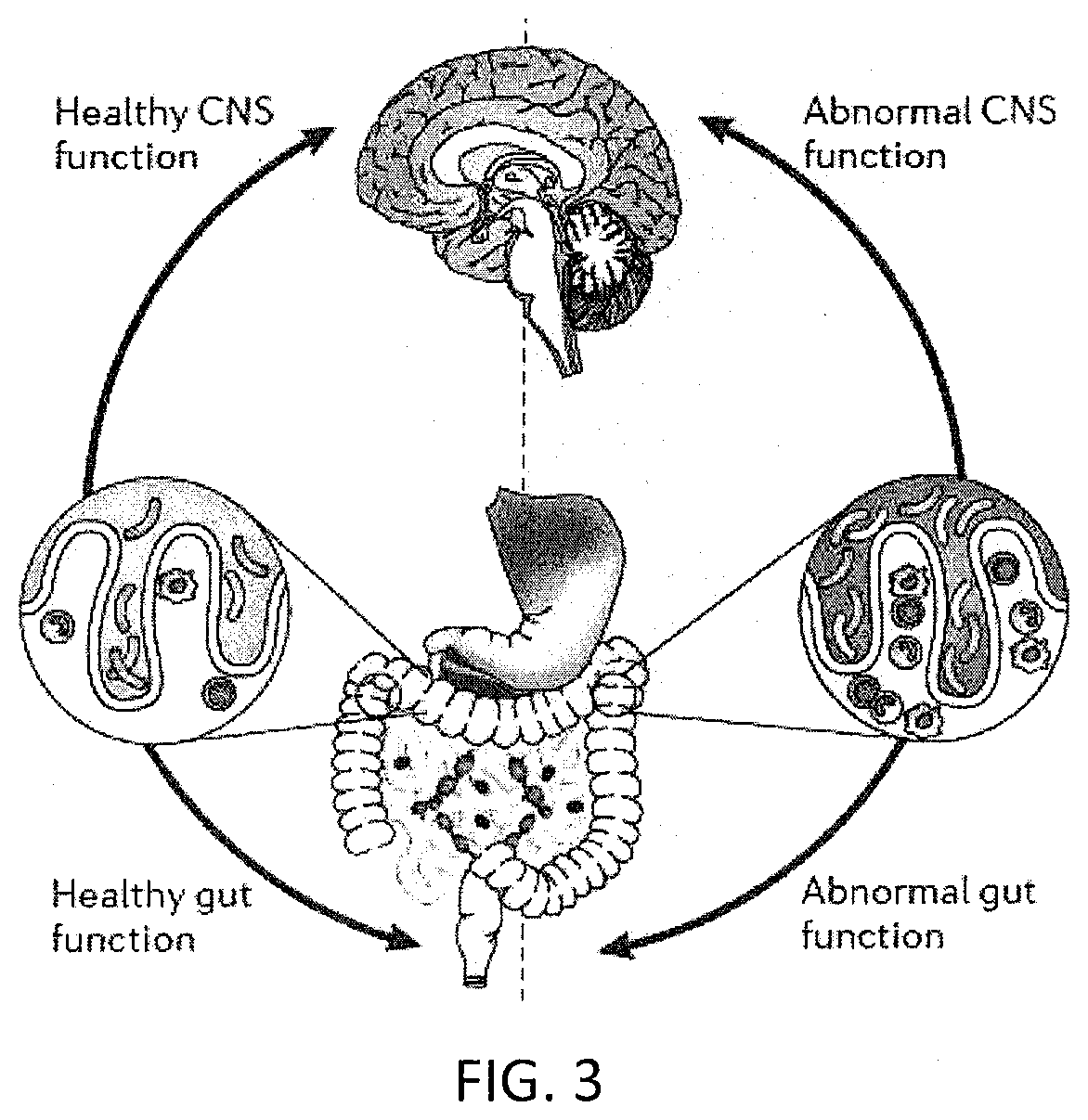Method and System for Increasing Beneficial Bacteria and Decreasing Pathogenic Bacteria in the Oral Cavity
a technology of beneficial bacteria and pathogenic bacteria, which is applied in the field of method and system for increasing beneficial bacteria and decreasing pathogenic bacteria can solve the problems of low-grade inflammation in the oral cavity, disturbing the health of the whole body, and worsening other systemic diseases, and a number of other bacterial species. the effect of treatment with antibiotics
- Summary
- Abstract
- Description
- Claims
- Application Information
AI Technical Summary
Benefits of technology
Problems solved by technology
Method used
Image
Examples
Embodiment Construction
[0152]One objective of the present invention is to preserve the maintenance of an ecologically balanced biodiversity of the microflora within the oral cavity as it is crucial not only to the oral health but also to the general health of the individual. Certain embodiments are directed to the use of commensal bacteria to thwart the growth and development of biofilms comprising pathogenic bacteria. In certain preferred embodiments, commensal bacteria are employed to thwart the growth and development of biofilms that are believed to be involved in the progression of Alzheimer's Disease. While not bound by theory, hydrogen peroxide production by commensal bacteria is believed to be a major mechanism of inhibition of various species of pathogenic bacteria.
[0153]Various embodiments of the present invention are directed to the use of bacteria, including but not limited to Streptococcus bacteria, employed to inhibit the growth of pathogenic bacteria. In still other embodiments, trace minera...
PUM
 Login to View More
Login to View More Abstract
Description
Claims
Application Information
 Login to View More
Login to View More - R&D
- Intellectual Property
- Life Sciences
- Materials
- Tech Scout
- Unparalleled Data Quality
- Higher Quality Content
- 60% Fewer Hallucinations
Browse by: Latest US Patents, China's latest patents, Technical Efficacy Thesaurus, Application Domain, Technology Topic, Popular Technical Reports.
© 2025 PatSnap. All rights reserved.Legal|Privacy policy|Modern Slavery Act Transparency Statement|Sitemap|About US| Contact US: help@patsnap.com



